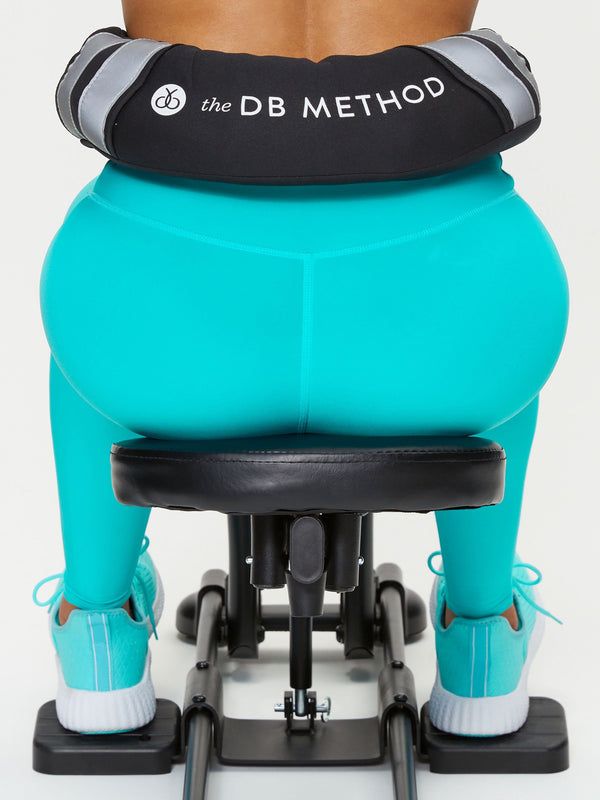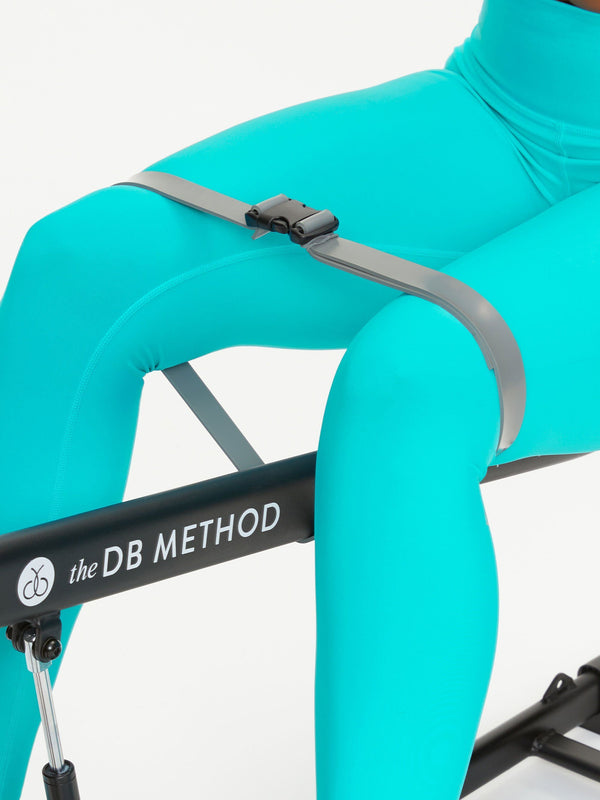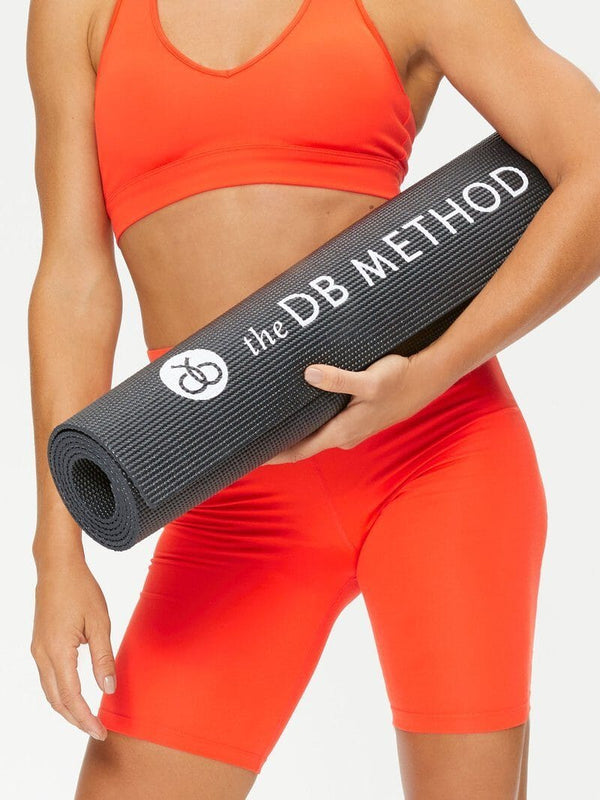The nine muscles and muscle groups that goblet squats work are:
- Quadriceps (quads)
- Glutes
- Hamstrings
- Adductors
- Lats
- Core
- Calves
- Back
- Forearms
And these same muscles that goblet squats engage help you with everyday activities like bending down to grab something off a low shelf, getting out of bed, or “squatting” down to tie your shoes, and walking up and down stairs. Goblet squats, just like other types of squats, also strengthen the muscles that support the knee joint which helps prevent knee injuries from sports or exercise, and certain types of knee pain.
But goblet squats don’t only work your major lower body muscle groups, they can be a core, back and arm workout as you add modified versions.
Because goblet squats require a free weight, they add more intensity (the percentage of a person’s 1 rep maximum) compared to a classic squat which relies solely on your bodyweight. This is why goblet squats are better than classic squats for working leg muscles and for burning more calories.
And if you’re looking to build muscle mass, goblet squats can help you get larger calves, quads, and a shapely booty, depending on your genetic potential for size. Even if your body isn’t meant to have larger muscles, you can still shape your problem areas with goblet squats and burn calories by working specific body parts like your thighs and glutes.
Quadriceps
Your knees which flex as you go down, and extend as you rise from a squat engage your quads to help control the movement. The quads eccentrically contract to control flexion and concentrically contract to engage extension.
These same movements help to strengthen your quads and define them as your composition changes and your natural curvature can come through. And having strong quads can help protect your knees from injuries caused by sports as your quads are one of the muscle groups that support your kneecaps.
Glutes
Your glutes are activated during goblet squats when you push your butt back as you lower yourself down. It is the positioning of your toes and knees pointing outwards that engage your glutes. And the lower you go, the more you will use your glutes. Your glutes also extend your hips as you push yourself out of the bottom of the squat giving them another workout during the movement.
Hamstrings
Your hamstrings stabilize your hips, knees, and torso when you are lowering yourself into a goblet squat. When you push yourself back up, your hamstrings power the hip extension, because this muscle group crosses both your hip and knee joints.
Because you are holding a weight while you are doing a goblet squat, you are able to load your hips more than your knees and target your hamstrings more effectively. And strong hamstrings stabilize your knees, hips and torso to help protect you against strains and tears while reducing your risk of knee injuries.
Adductors
When you extend your hips in the bottom position of a goblet squat, you target your adductors. Strong adductors help you to run faster and reduce your chance of groin strains. If you play baseball, softball, hockey, tennis, or lacrosse, strengthening your adductors help you to increase your power.
Lats
During a goblet squat, your lats stabilize you which keeps your torso upright, protects your spine, and improves the range of motion of your squat.
Strong lats help you keep your squat form and your upper back from rounding which puts less strain on your back, shoulders, and arm muscles. This helps improve your posture and give you more tone and definition.
Core
When doing a goblet squat, your core muscles stabilize your torso during the entire movement helping you to keep your balance. When your core muscles are strong, everyday activities from balancing to simply standing in place. You could say “core muscles” are “core” to having a happy and healthy life.
Calves
As you lower yourself into the squat position, then rise back up, your calves supplement your quads and help stabilize your knees for proper form.
Back
Your back muscles are what help you keep the free weight in place while you do a goblet squat. Your upper back muscles keep your torse raised up, while lower back muscles help you shift your booty backwards and keep form while lowering and rising in the squat.
The benefit here is that activities you do throughout the week like carrying groceries will become easier as goblet squats train the same muscle groups you use to put them in your cart, take them out, and carry the bags into your home.
Forearms
Because you are holding a free weight in front of your chest, your forearms are engaged the entire time you do a goblet squat. And if you add a curl into the top or bottom of the movement, you can get an upper arm and forearm workout combination.
Goblet squats work 9 muscles and muscle groups with the standard movement, but as you get more advanced and add variations, you can increase both the number of muscles you work, and the effectiveness of your workout.








